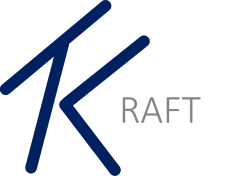Checkpointing
Checkpointing in AI training saves model states at intervals, allowing progress recovery after interruptions, reducing time lost from system failures or crashes.

Checkpointing in AI training refers to the process of saving a model's state, including its weights and parameters, at regular intervals during the training phase. This ensures that if a system failure, crash, or interruption occurs, the training process can resume from the last saved checkpoint rather than restarting from the beginning. This is particularly useful in long, computationally intensive tasks, such as training deep learning models.
Checkpointing is often implemented in stages, with the frequency of checkpoints balancing resource efficiency and recovery precision. Saving checkpoints too frequently can lead to excessive storage use, while infrequent checkpoints increase the risk of significant lost progress in the event of a failure.
Benefits of Checkpointing
Fault Tolerance: Minimizes data loss during unexpected system failures.
Efficient Training: Reduces downtime and allows training to continue from the last checkpoint.
Experimentation: Enables models to be tested and fine-tuned from various saved states, improving experimentation and model optimization.
Checkpointing is essential for maintaining progress and maximizing computational efficiency in large-scale AI model training.
